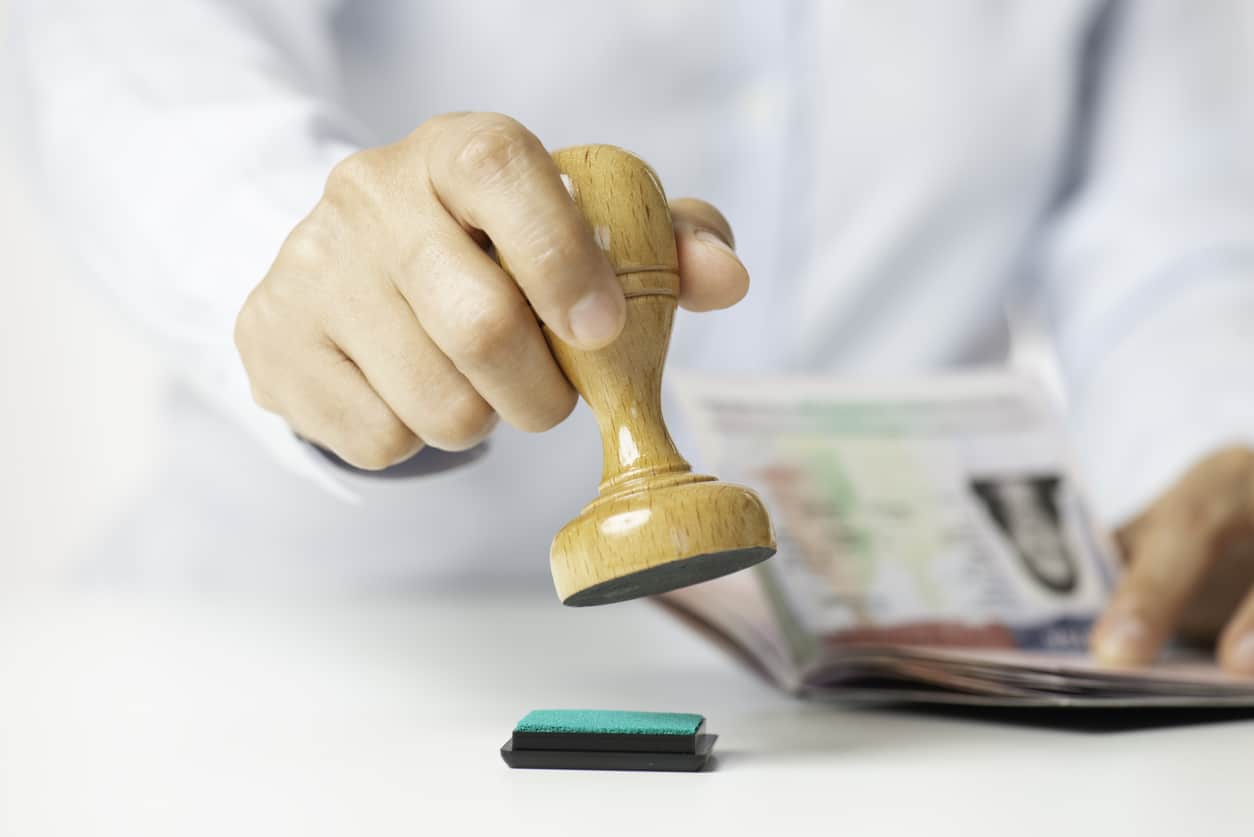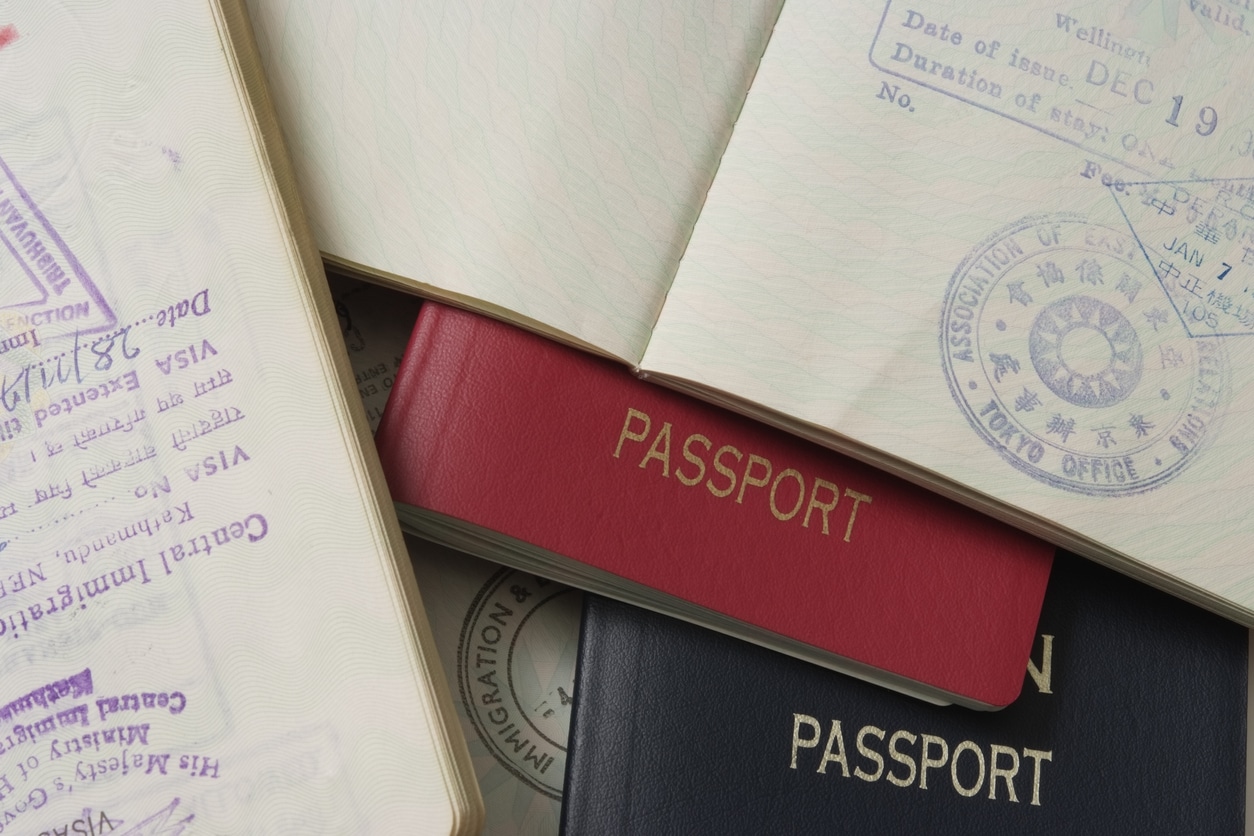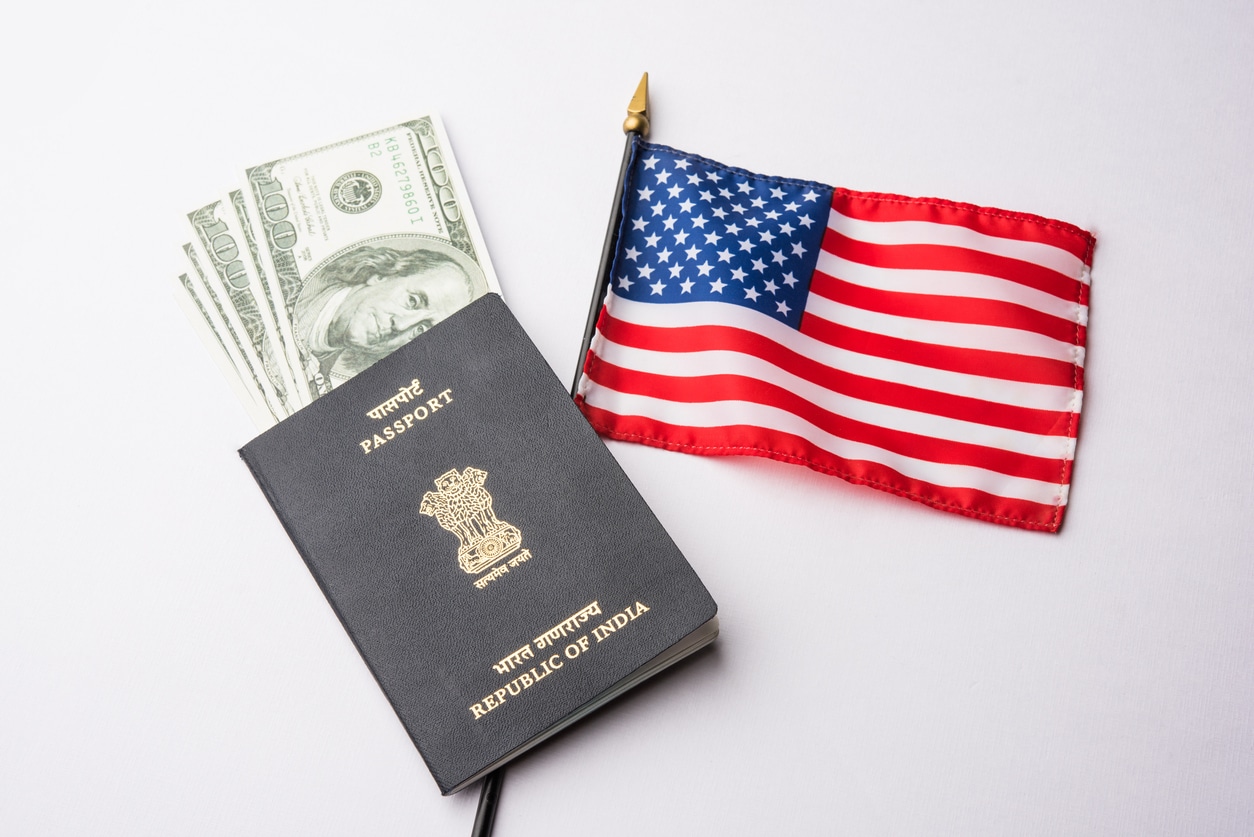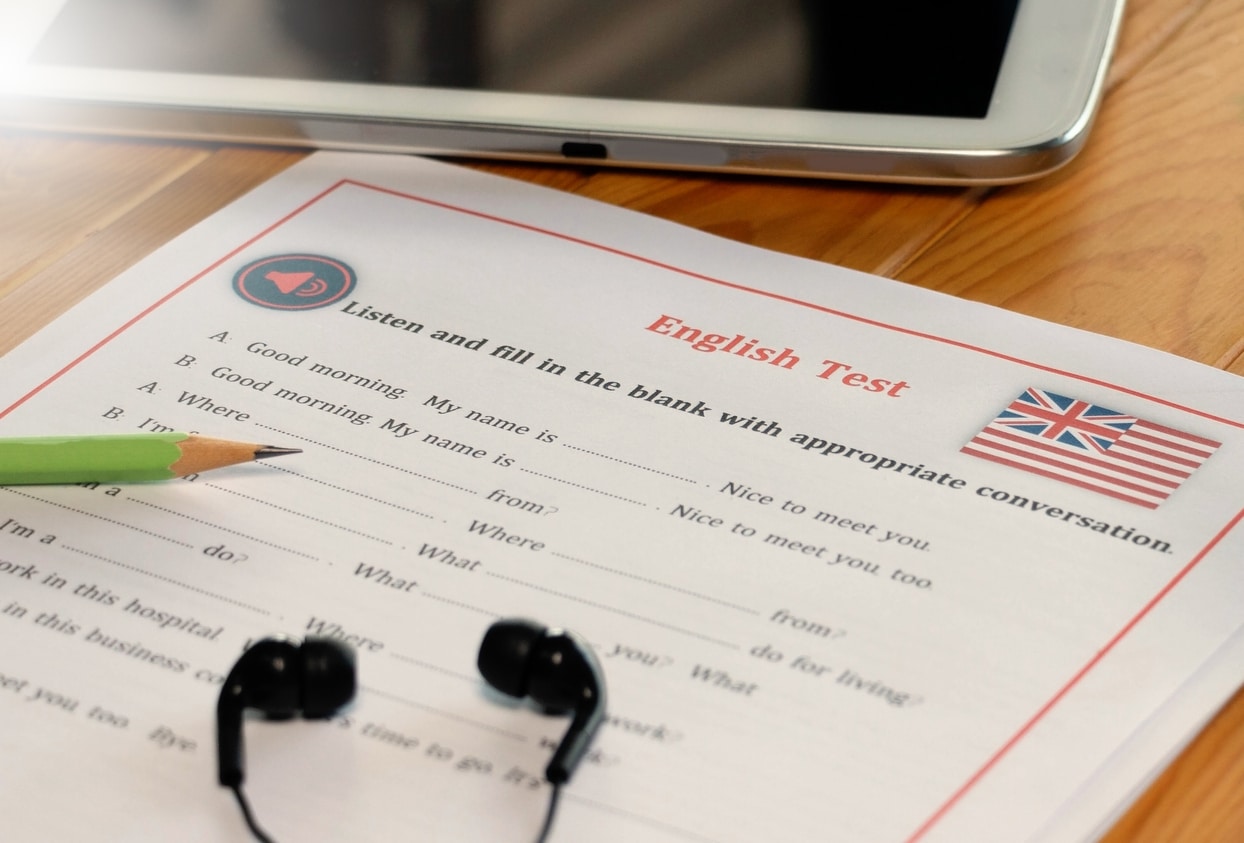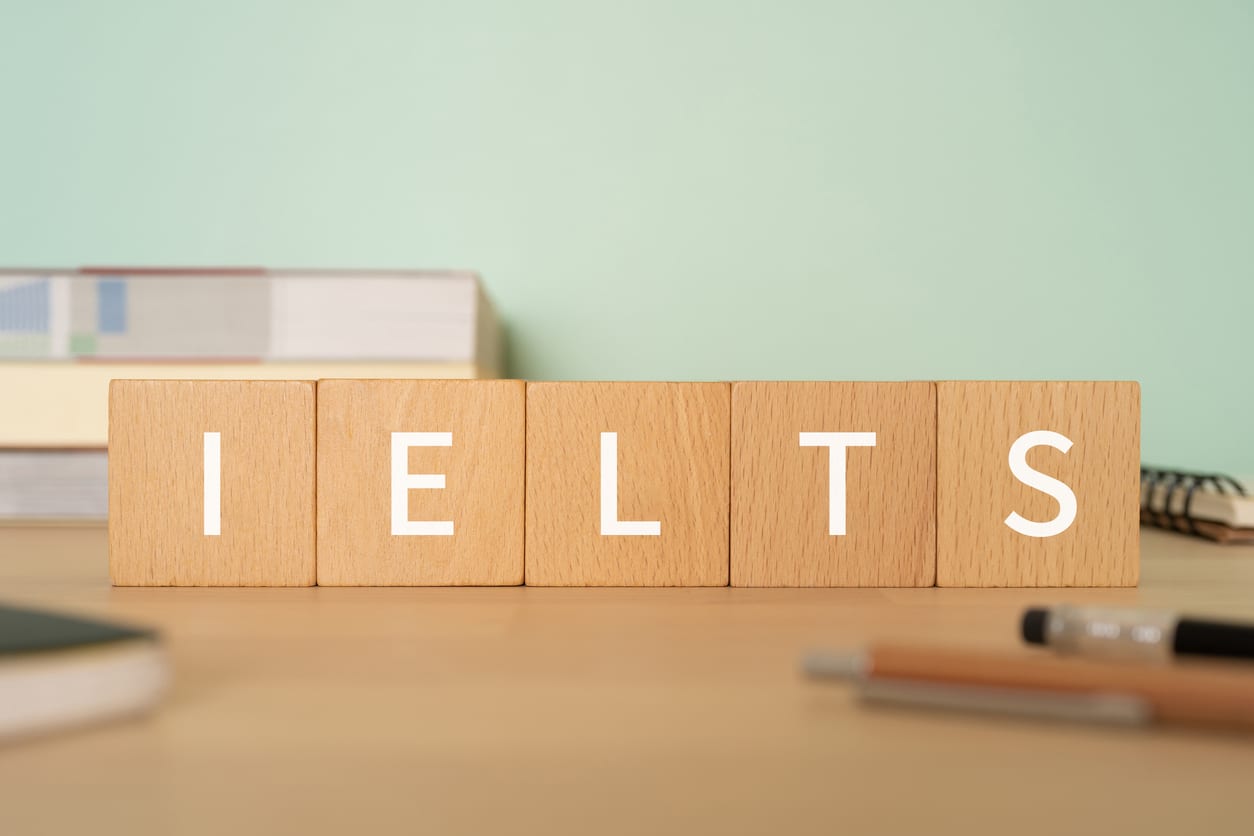Every student dreams of studying at a world-class university, and the United States is one of the most popular study abroad destinations for international students. If you’re planning to study in the US, applying for a student visa is a critical step towards achieving your dream. The most common type of visa for international students is the F-1 visa, which is a non-immigrant visa issued to those who want to attend a university or college in the US.
However, getting an F-1 visa is not easy, and there are several reasons why your application may be rejected. It’s essential to know these factors to increase your chances of getting a visa. One reason for rejection is not providing enough evidence of your intent to return to your home country after completing your studies. Another factor is failing to demonstrate sufficient financial resources to cover the costs of studying and living in the US. Additionally, not having a clear academic plan or a strong academic background can also lead to visa rejection.
According to the Open Doors Report on International Educational Exchange, India is the second-largest source of international students in the US, with a 19% increase in the number of Indian students in 2021-22 compared to the previous year. However, the US student visa rejection rate remains high. Therefore, it’s essential to start the application process early and ensure that you provide all necessary documents and meet all eligibility criteria to avoid any delays or rejections that could affect your education.
Getting a student visa to the United States is a crucial step in the journey of international students who want to pursue higher education there. However, not all visa applications get approved, and it’s essential to understand the reasons for visa rejection to avoid disappointment and prepare well for the application process.
- One of the most common reasons for visa rejection is insufficient financial proof, which confirms that the student can afford education and living expenses in the US. The student needs to provide evidence of financial resources, such as bank statements, scholarship letters, and other funding sources, to convince the visa officer.
- Another reason for visa rejection is when the visa officer suspects that the candidate can become a potential immigrant and may not return to their home country after completing their studies. In this case, the visa application is rejected right away.
- Moreover, the visa officer may also reject the visa application if the candidate fails to justify their strong ties to their homeland. This means that the candidate needs to provide evidence of family, property, or any other commitments that tie them to their home country.
- Inappropriate or false documentation can also lead to visa rejection. The candidate needs to ensure that all documents provided are authentic and meet the visa requirements.
- Finally, if the candidate fails to convince or justify their intentions to the visa officer, such as why they chose a particular course or college/university, the chances of visa rejection are high.
It’s important to note that receiving admission to a top college or university does not guarantee a visa. The US Embassy informs candidates of the visa rejection during the interview and gives them two types of slips: 221(g) and 214(b). The 221(g) slip is issued when the consular officer feels that they do not have all the information to establish the candidate’s eligibility for a visa. The 214(b) slip is given when the candidate’s visa is rejected for general reasons such as potential immigrants, inadequate finances, or no home ties justified during the interview.
To avoid visa rejection, candidates should prepare well for the interview, organize their documents, and communicate fluently in English. If the visa application is rejected, candidates can reapply for a US visa 24 hours after the rejection.
FAQs
It should be noted by students that the visa processing fee they pay is non-refundable. A refund will not be given to them even if the consular officer at the U.S. Embassy or Consulate rejects their visa.
If a student’s US visa is rejected, they can apply again. However, they must keep in mind the following:
They need to submit a new visa application and pay the fee again unless they were refused under 221(g).
If they were refused under section 214(b), they must demonstrate significant changes in circumstances compared to their previous application.
Apply to a SEVP-approved institution.
After being accepted, register for the Student and Exchange Visitor Information System (SEVIS) and pay the SEVIS I-901 fee.
The academic institution will issue a Form I-20.
After receiving Form I-20, apply for a US student visa.



